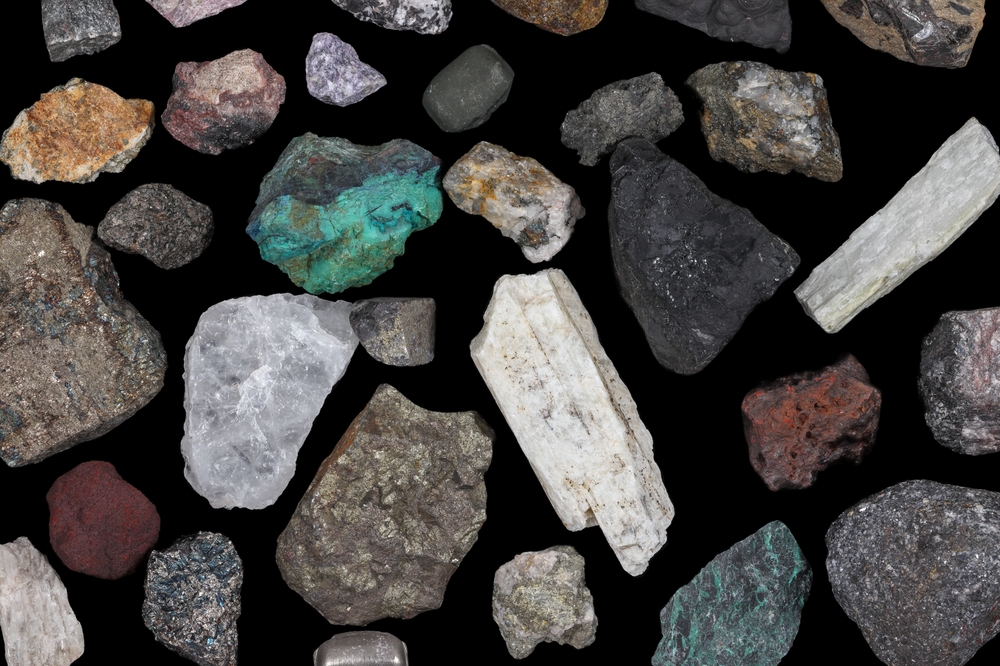As the world accelerates its transition to clean energy and advanced technology, key minerals such as lithium, cobalt and rare earth elements are emerging as essential enablers.
These minerals power electric vehicles batteries, enable renewable energy systems, and form the backbone of high-tech and defense applications. In this evolving global landscape, Australia is strategically poised to become a key player in meeting the growing demand for these resources.
With abundant reserves, a stable regulatory environment and increased government and private investment, Australia is building the foundation to become a major long-term supplier of key global mineral supply chains. That position is strengthened by world-class exploration programs, advanced research and a growing commitment to treating minerals within the country to gain more economic value.
A country rich in resources with global potential
Currently, Australia contributes to a relatively small portion of the world’s rare earth production, but it holds the world’s third largest reserves of these important materials. This places the country in a key position as global demand for rare earths and other important minerals continues to grow.
The forecast suggests that essential mineral demand could rise six times over the next 20 years, creating economic opportunities valued at $17.6 trillion. Recognizing this, the Australian government has stepped up efforts to unlock new mineral resources, increase exploration activities and build national capacity. This includes establishing a key mineral research and development hub in Australia. This is central to the development of advanced extraction and processing technologies that support sector growth.
Exploration and mapping enhancements
Australia’s commitment to systematic exploration has been demonstrated through initiatives like the National Quartz Prospectivity Map, which helps identify and evaluate mineral-rich regions around the country. These efforts are important to transform Australia’s undeveloped geological possibilities into economically viable projects.
The government and the private sector aim to reduce exploration risks and uncover new resources that can supply critical supply chains by investing in modern mapping and mineral detection technologies. These exploration programs are supported by close collaboration between industry, research and federal agencies, ensuring Australia remains at the forefront of mineral discovery and development.
Australia’s position in the global export market
Australia is already a major exporter of several important minerals and continues to strengthen its global market position. Most notably, it was the world’s largest lithium producer in 2020, accounting for around 50% of global production in 2020. Lithium is essential for battery technology, the key to powering electric vehicles and storing renewable energy.
In addition to lithium, Australia ranks fourth in cobalt production, playing an important role in energy storage and battery development in electric vehicles. The country is also the third largest producer of rare earth elements essential to the production of advanced electronics, clean energy technologies and defense systems.
These rankings not only reflect the natural benefits of Australia, but also highlight the growing role of a reliable and stable supplier in an increasingly fragmented and geopolitical-sensitive global market.
Government Strategies and Policy Support
The Australian government has developed a comprehensive and important mineral strategy aimed at generating $139.7 billion in GDP by 2040 to unlock the full value of its important mineral resources. This strategy focuses not only on extraction, but also on building a complete value chain, from exploration and processing to export and innovation.
A central component of this plan is to expand domestic downstream processing capacity and enable Australia to locally refine and manufacture more mineral-based products. This approach captures more value within the country, particularly in regions where supply chains are vulnerable to disruption, and reduces reliance on international processing hubs.
Furthermore, the government is investing in infrastructure development, particularly in remote mineral-rich regions. These projects aim to overcome long-standing logistics barriers and make previously inaccessible resources commercially viable.
Financial and Commercial Incentives
To attract private investment and reduce the risks associated with the development of new mineral projects, Australia has introduced several financial support mechanisms. Australia’s Future Investment Framework provides targeted funding to help early stage critical mineral ventures become investment-ready.
In Tandem, the government is investigating the use of national offtake contracts and selective stockpiling strategies to increase market stability and provide greater certainty to producers. These measures will help reduce market volatility, attract long-term international buyers, and further enhance Australia’s reputation as a reliable supplier.
Strengthening Australia’s role in the global supply chain
Australia must continue to expand its footprint across its supply chain to truly harness its critical mineral potential. Improved domestic processing capacity will help Australia maintain more economic benefits and reduce vulnerability to foreign controlled refineries.
At the international level, strategic partnerships with like-minded countries and cooperative agreements with allies are key to ensuring investment, sharing risk and building a resilient supply network. These alliances ensure a stable demand for Australian minerals while enhancing collective energy and technological security.
Australia’s National Reconstruction Fund also plays a role in fostering innovation and value-added industries. By supporting early stage projects and emerging technologies, the fund will help create a robust and future-ready pipeline of mineral processing and manufacturing capabilities.
A strategic future in the global energy transition
With its enormous reserves, robust policy support and growing infrastructure, Australia is suited to play a central role in the global change to sustainable energy and technology. The country moves beyond being a raw material exporter to become an essential partner integrated into the international important mineral supply chain.
As demand continues to grow over the next 20 years, Australia’s ability to meet global needs will depend on its commitment to innovation, investment and international cooperation to ensure long-term economic and strategic benefits. With a proper approach, Australia can help not only meet, but shape, the future of important global mineral supply.
Source link

